MARROWSTEM™ bone marrow aspiration device is a minimally invasive procedure that leverages patented technology to extract high-quality stem and progenitor cells from various areas within the marrow space, while reducing the risk of peripheral blood contamination.
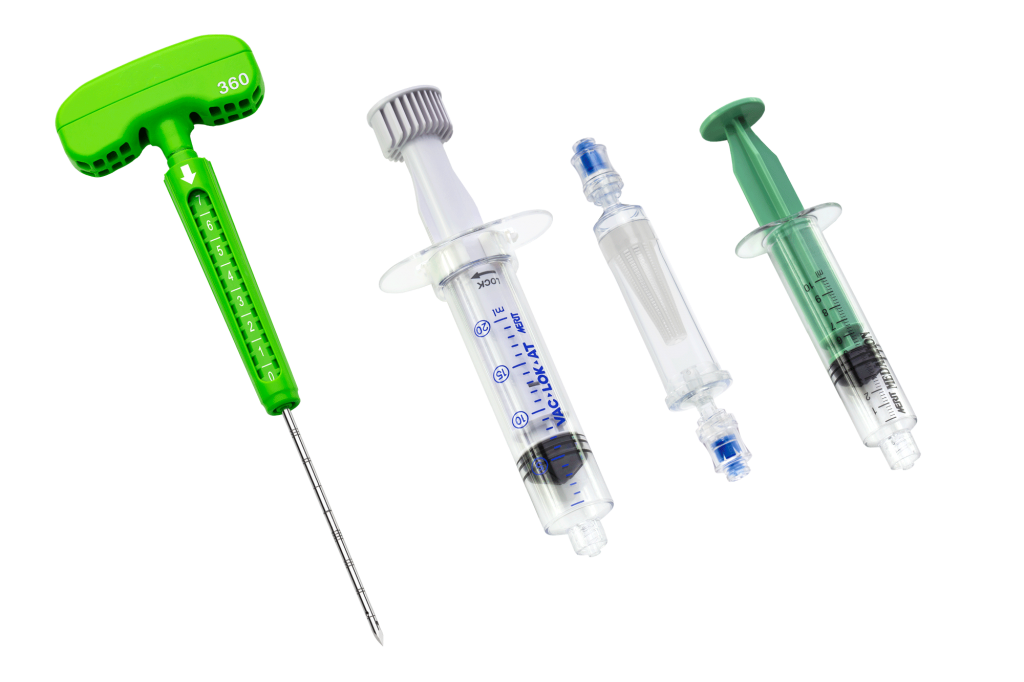
The MARROW-STEM™ Bone Marrow Aspiration System is designed for autologous bone marrow aspiration and optimizes the collection of stem and progenitor cells. It enables the user to aspirate in a precise and controlled manner across a broad area within the marrow space. Additionally, it comes in various lengths and is intended for use in the Iliac Crest, Pedicle, Calcaneus, or Tibia.
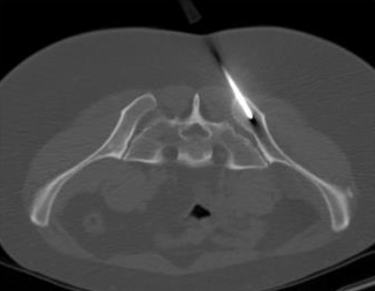
Traditional bone marrow aspiration needles typically aspirate through an open-ended cannula. As fluid under pressure follows the path of least resistance, this method results in excessive peripheral blood contamination and insufficient collection of essential stem and progenitor cells, leading to a reduced overall cellular yield. Consequently, large volumes of bone marrow aspirate must be gathered from multiple sites and then manipulated (e.g., centrifuged or chemically separated in a lab) before being used in regenerative therapies.
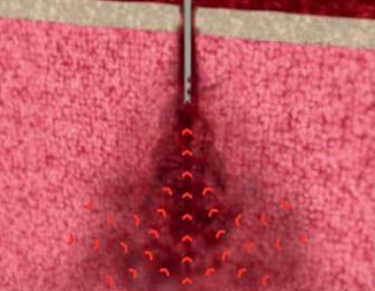
The innovative design of the MARROW-STEM™ Aspiration System incorporates two key features that maximize cellular yield, minimize patient discomfort, and reduce the time needed to achieve optimal results, all while preserving the sterile field.
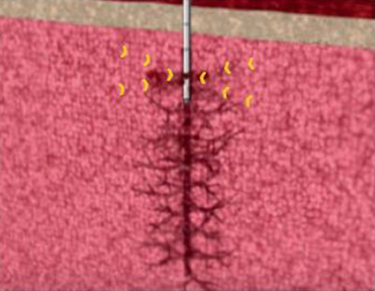
Marrow stem cells play a crucial role in tissue healing as part of the patient’s immune system, and only marrow stem cells have the strength to regenerate an entire immune system in an oncology context. By releasing cytokines and facilitating cell-to-cell interactions, bone marrow stem cells manage the shift from inflammation to proliferation and remodeling during the healing process. Mechanically harvesting and positioning the cells responsible for this transition effectively mirrors and enhances the body’s natural healing mechanisms.
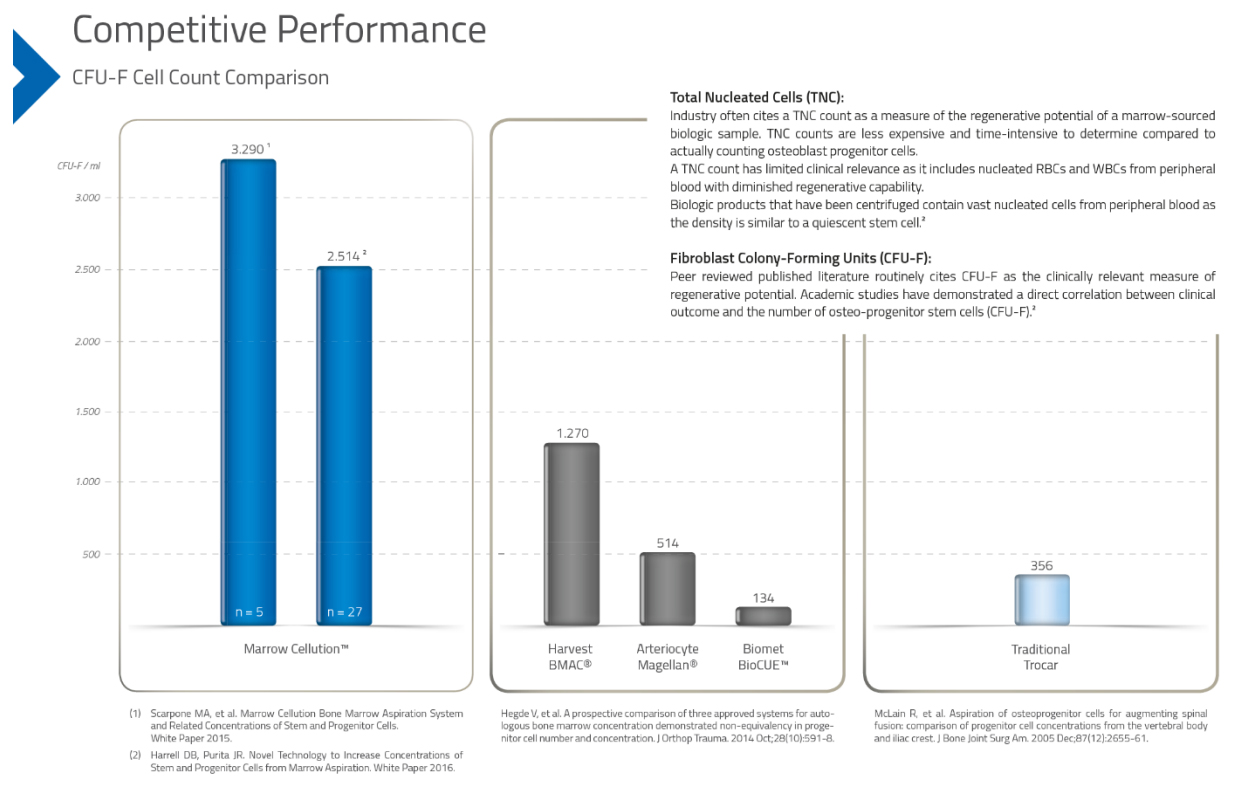
The MARROWSTEM™ System delivers a better regenerative solution with more stem cells at a reduced cost compared to industries leading solutions
Centrifugation systems typically discard 80% of the aspirate due to the high levels of peripheral blood contamination. Worse, approximately 40% of the desired cells are discarded because their density is similar to the undesired red cell centrifuge component and thus discarded, substantially limiting the regenerative potential of the sample.
Centrifugation systems require passing the BMA off the sterile field for processing and back on for implantation. The MARROWSTEM™ System eliminates the additional steps where infection concerns need to be managed.
Centrifugation systems require at least 10% dilution by volume of anti-coagulant to allow the sample to separate as well as another 10% dilution in the form of a neutralizing agent such as thrombin and calcium chloride in order for the marrow to clot in the graft. The MARROWSTEM™ System eliminates these requirements.
Traditional trocars require several penetrations and additional preparation while also requiring a traditional centrifugation which typically requires more than 20 minutes of spin time not to mention the additional personnel (perfusion) and support time needed for preparation and cleanup of the equipment. Marrow CellutionTM can obtain higher CFU-f counts with one penetration and 0 spin time.
Traditional protocols require the marrow to be filtered prior to centrifugation. MARROWSTEM™ achieves a bone marrow aspirate that allows cells bound within a cell aggregate to be delivered to the patient when mixed with graft material or injected directly. This is not the case when aggregates are filtered out prior to centrifugation. Filtering takes additional time but more importantly filtering reduces regenerative potential.
Dr. Dan Kuebler Professor of Biology, Chair of the Biology Department; Franciscan University
A larger-volume of aspirate (more than 2mL) from a given site is contraindicated with the additional volume contributing little to the overall number of bone-marrow cells and results principally in unnecessary blood loss.
MUSCHLER G, et al Aspiration to Obtain Osteoblast Progenitor Cells from Human Bone Marrow: The Influence of “Aspiration Volume The Journal of Bone and Joint Surgery;” VOL. 79-A, NO. 11 Cleveland Clinic